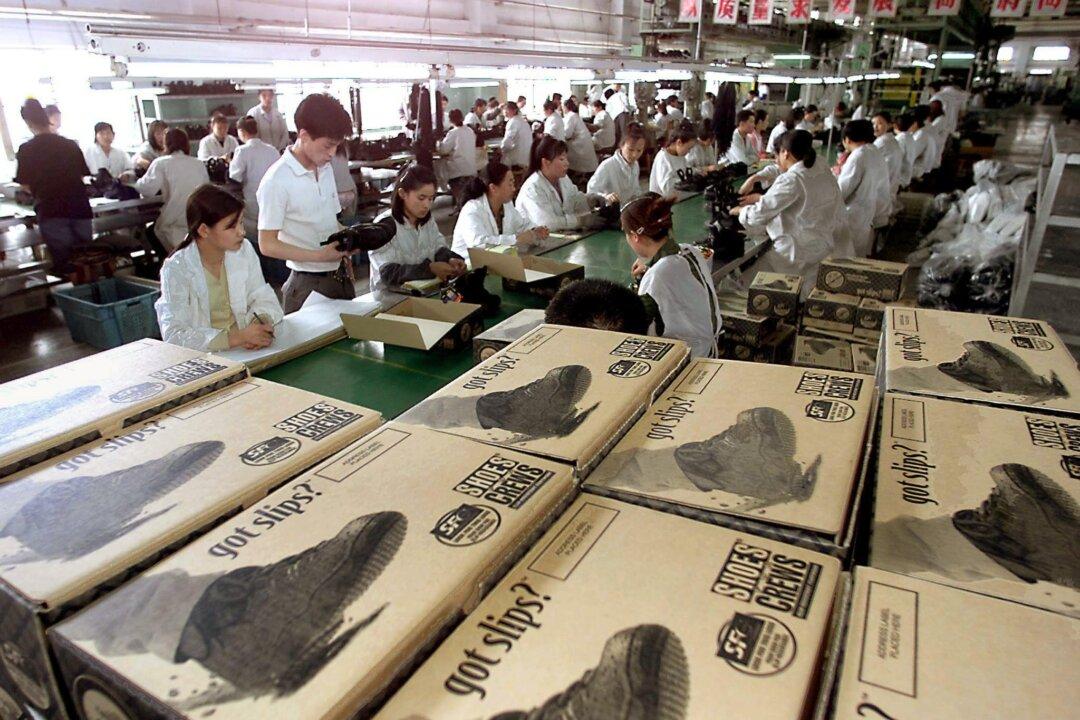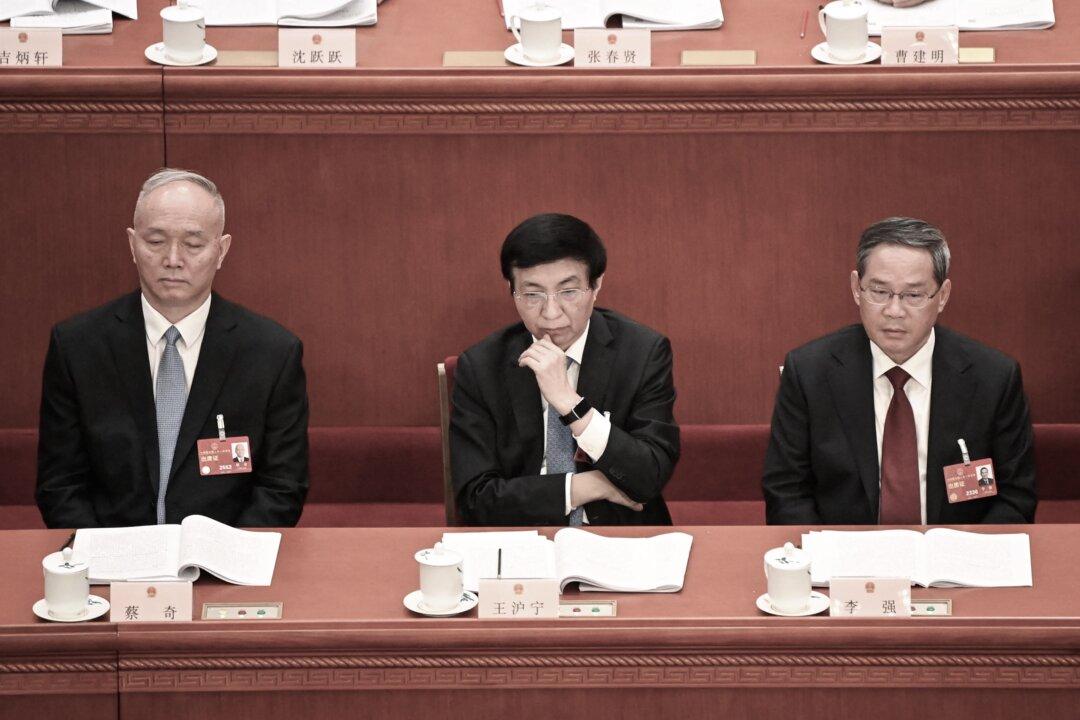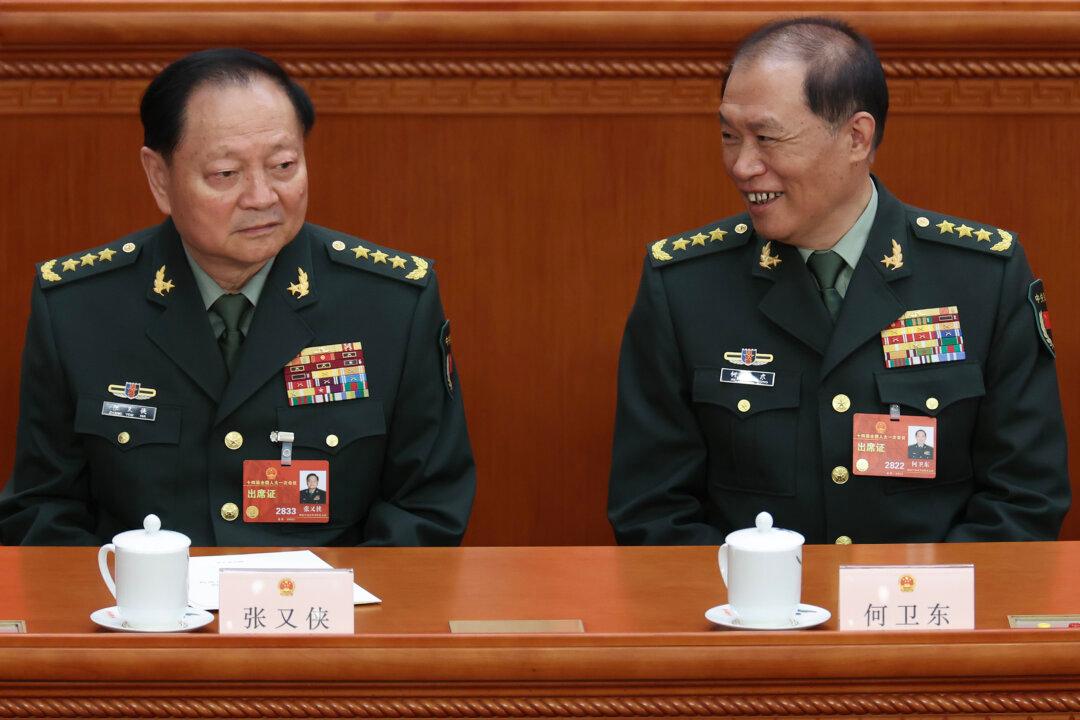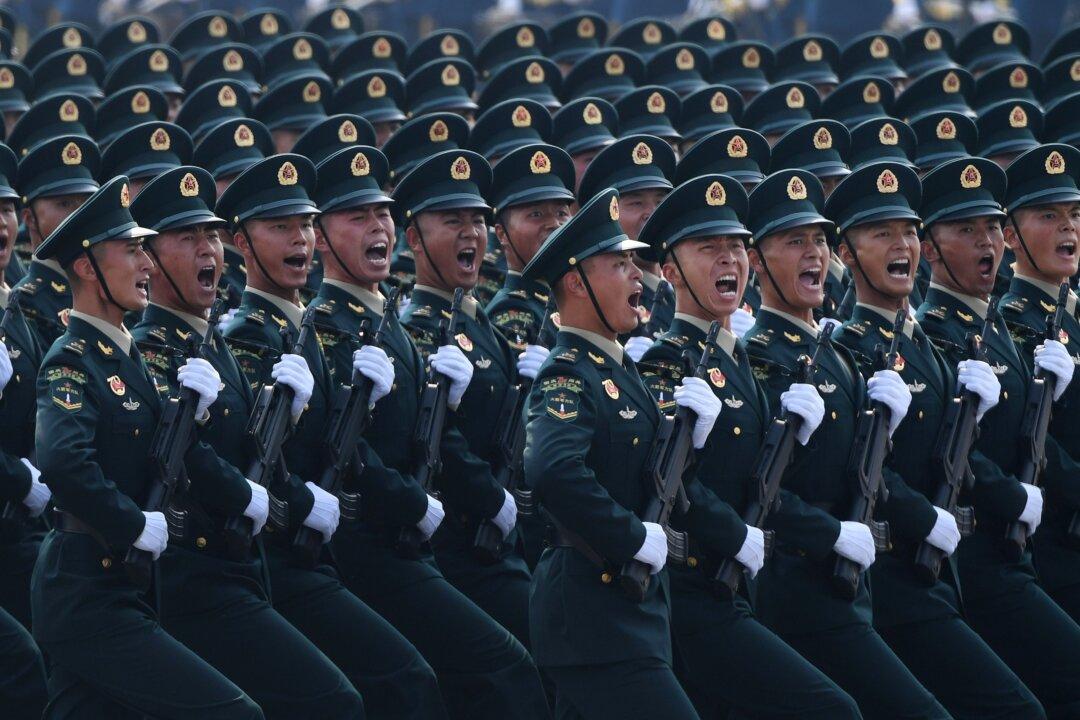China’s export growth is expected to turn negative in 2023, a prominent Chinese research institute says in a recent report. Meanwhile, Beijing admitted export trade represents “irreplaceable strategic significance” to the country’s economic stability and employment rate.
In the past two years, China’s total imports and exports accounted for more than 20 to 30 percent of its GDP. Analysts believe that the greater the ratio, the greater the impact on China’s economy and employment amid a downturn.






